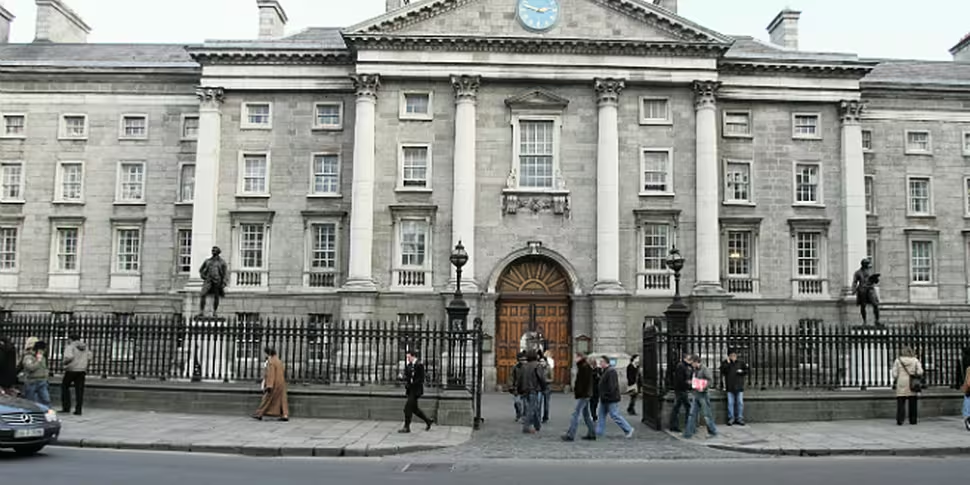Ireland's universities are working in an increasing competitive environment, and find themselves slipping down the rankings on a worryingly regular basis, so what are the factors behind that fall?
The top university in Ireland sits 78th in the world rankings now, but just a few years ago, the situation was very different. Trinity was close to cracking into the top 50 as the country experienced a boom across the board, and Ireland's other higher level institutions were able to boast that they had some of the best schools and departments in Europe.
However, the decline for universities all around Ireland has been striking, with many now sitting outside the top 100 in the world.
Speaking on Moncrieff, Professor John Boland of the School of Chemistry in Trinity College stated that since the economic crisis, the drop in funding for universities in Ireland has contributed to the decline, which has seen a fall from €248 million a year to around €140 million.
An accompanying increase in student numbers has meant that there is increased strain on the system creating a "perfect storm", and increasing the faculty to student ratio to 20 to 1. In many of the other universities that Ireland would hope to compete with, that number is around 11 to 1.
Despite that difference, Irish universities are still performing remarkably well in the circumstances. Universities in the UK that have similar ratios are ranked around 120 there, and would not figure within the top 1000 in the world, according to Boland.
The answer to the issue is not simply one of more money, but rather changing the way funding is awarded. "Universities get paid for every student [...] a bums in seats model," Boland said. "The funding is fixed, the funding per student is therefore dropping and has been dropping for almost a decade. That’s a race to the bottom".
A model that involved a research excellence framework, as well as a recognition of the research relationships developed between universities with companies and the role that has played in helping the R&D in Ireland's economy would benefit the country's higher level education facilities best, argues Boland.
He added that the IDA is now being asked about the university rankings in Ireland as they go about trying to secure foreign direct investment, so the need to address the issue is real.
Current demographic projections show that we'll have strong student populations for the next 25 to 30 years, and yet "we've taken that huge national advantage that we have and turned it on its head and made it a disadvantage".
You can listen to the full interview below:









